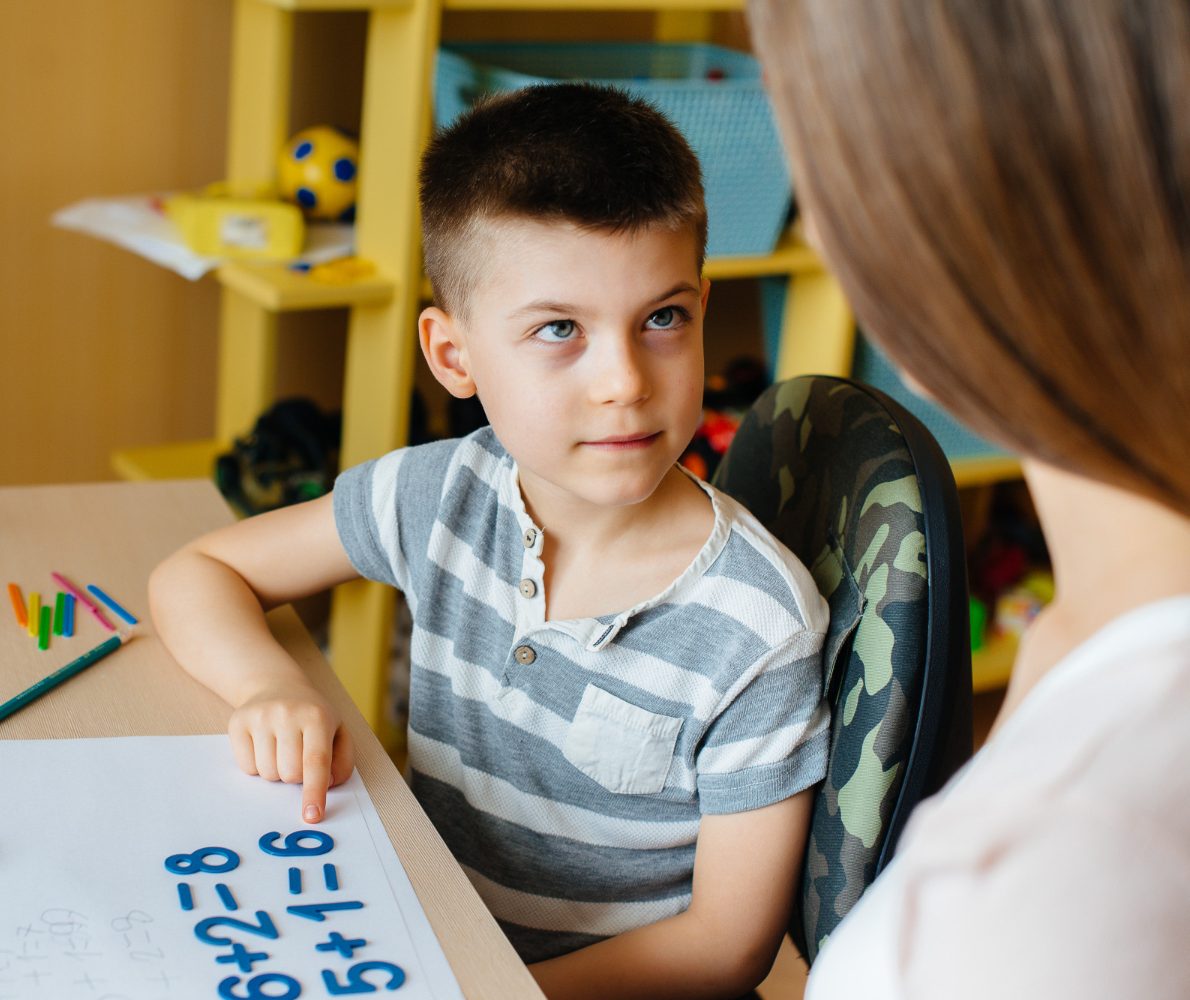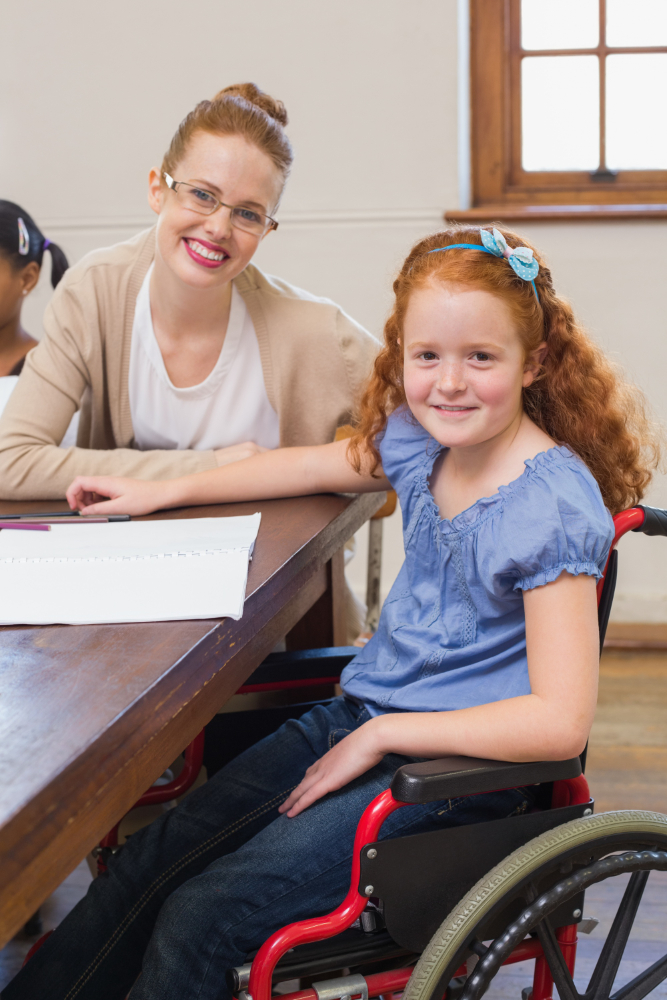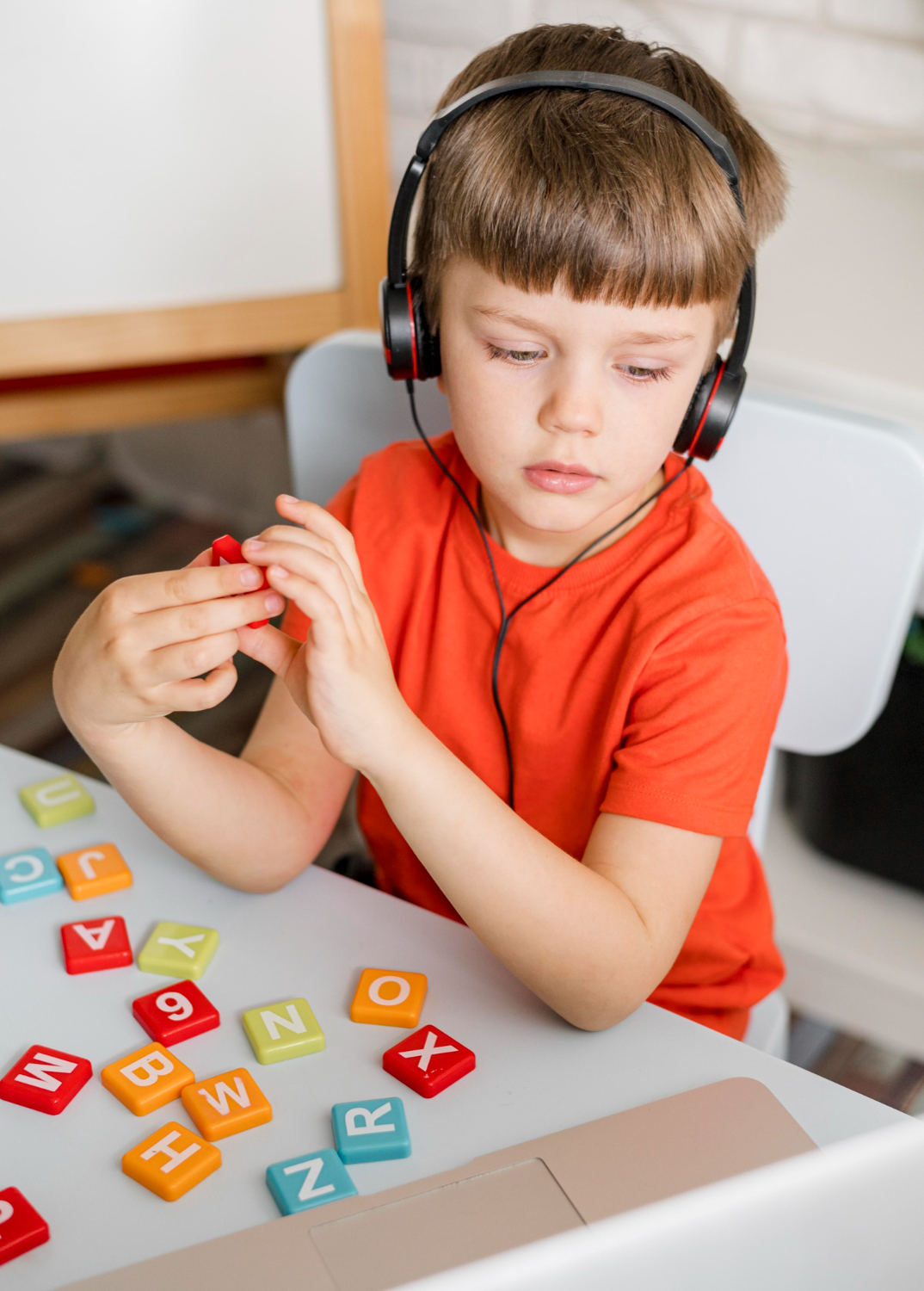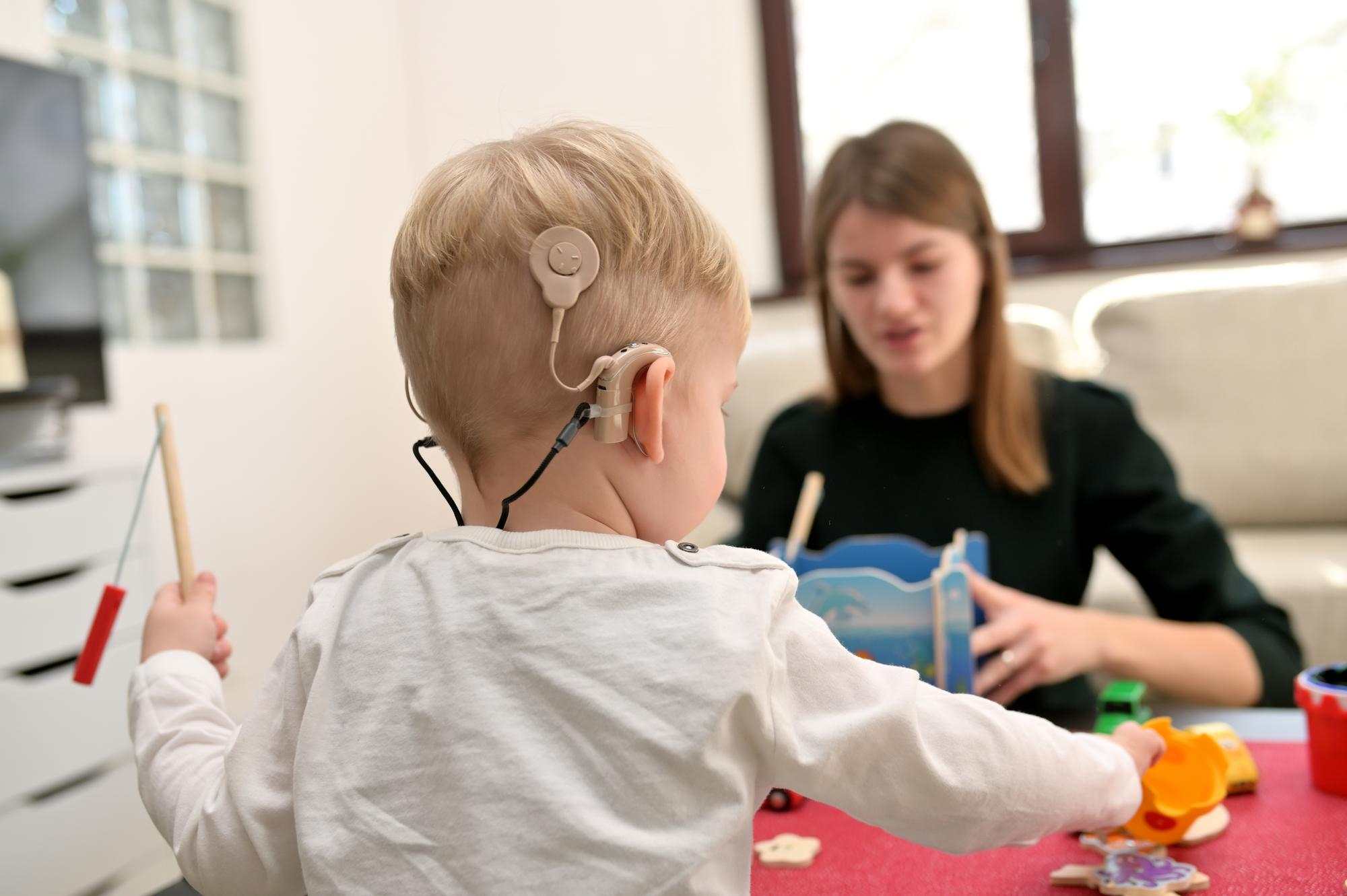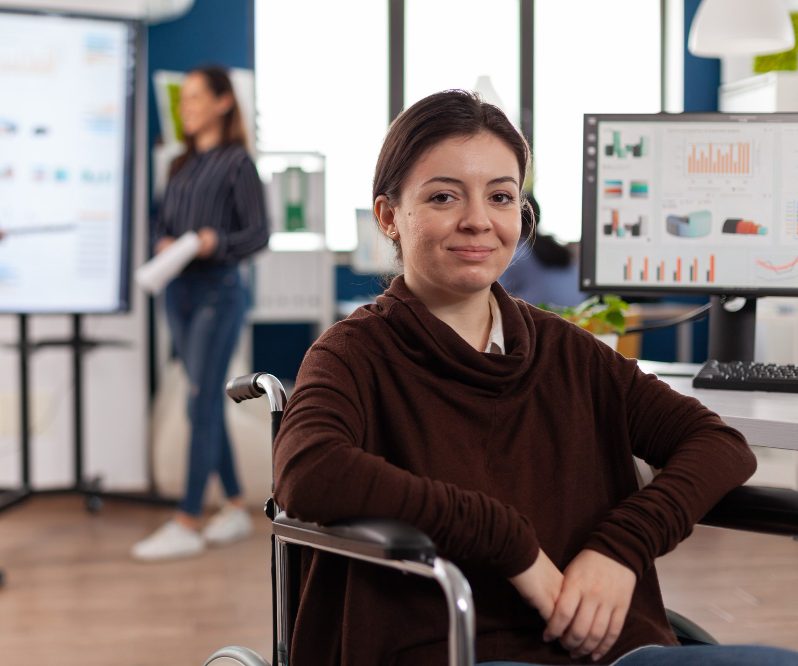Special Educational Needs (SEN) encompass a broad spectrum of conditions that can affect a child’s ability to learn and thrive in a typical educational setting.
Understanding these different types of SEN is crucial for teachers, teaching assistants, parents, and anyone involved in supporting the learning and development of children with additional needs.
Each type of SEN presents unique challenges and requires tailored strategies to ensure that every child receives the support they need to succeed.
This blog provides an overview of the 7 main types of SEN and the implications they have for education.



